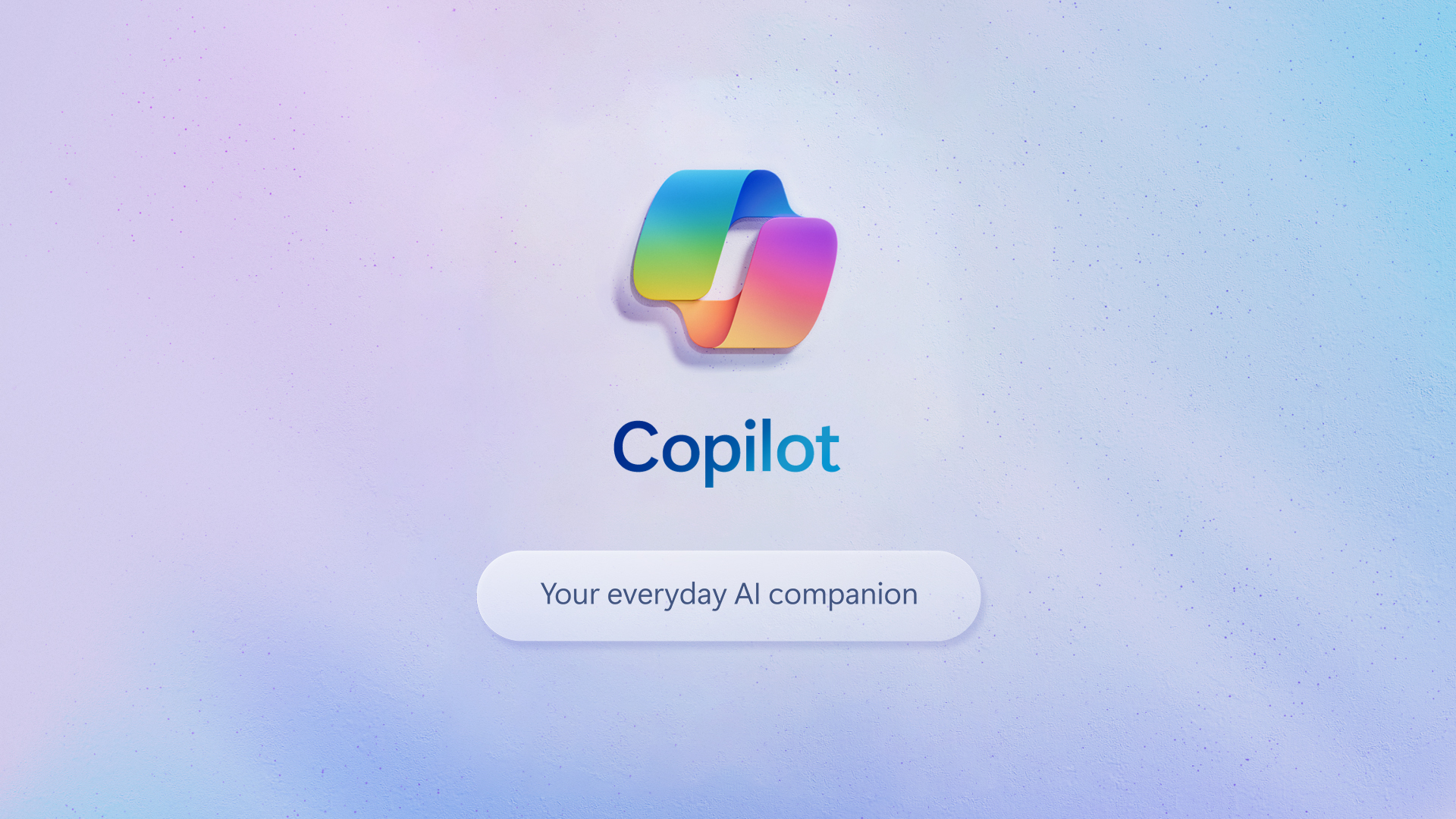If you’re an IT manager, there’s a good chance you’re involved in the strategic planning at your company. Unfortunately, an IT Strategy is sometimes filed away in your company’s cloud storage, forgotten about, hardly referenced or rarely used - so why should you create one in the first place?
In this article, we’re going to discuss in detail why it’s important to have an IT Strategy, and what it can do for your business.
• What is an IT Strategy?
• What are the benefits of an IT Strategy and why you need one?







